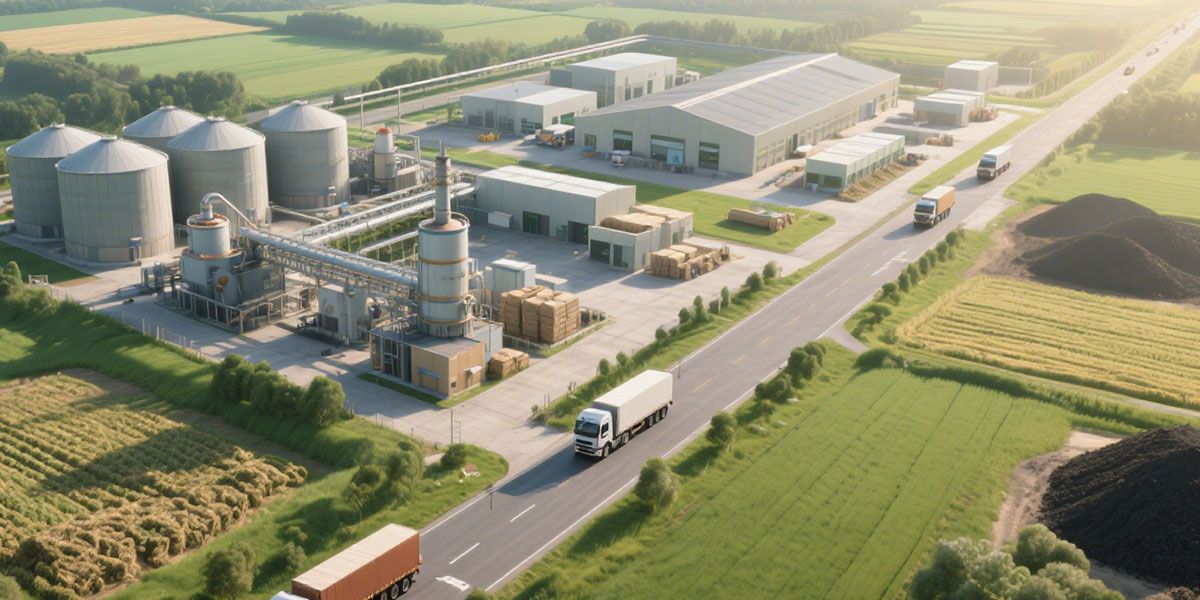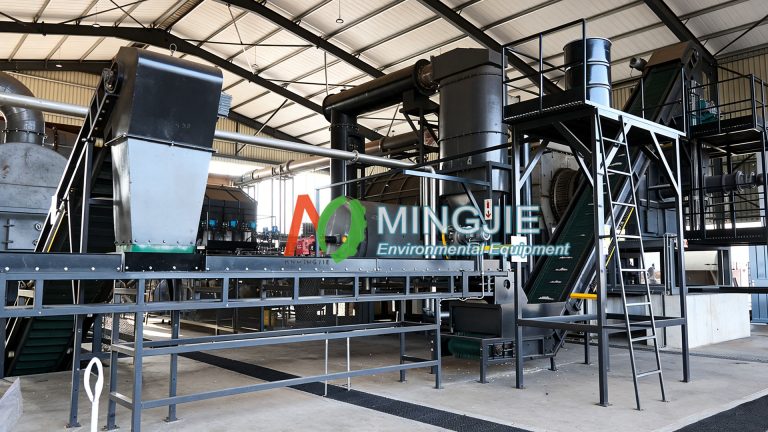On the outskirts of cities or in industrial clusters, seemingly ordinary factories are quietly undergoing an environmental revolution: tyre pyrolysis plant. You might not have noticed them, but the tyre pyrolysis plant near me play a key role in addressing the growing problem of waste tires.
With the increasing number of cars on the road, the amount of waste tires is increasing day by day. Tyre pyrolysis plant near me offer a new solution. How do they work? And what impact will they have on our lives and the environment?
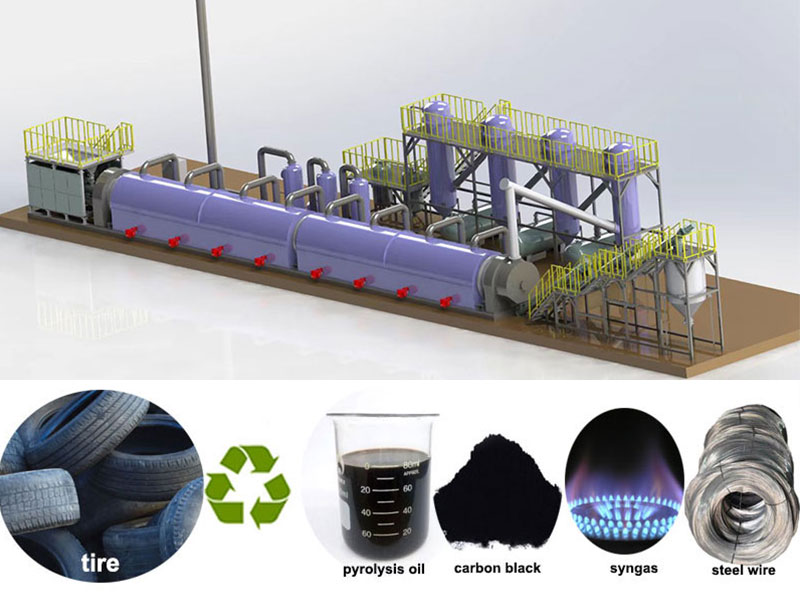
How does Tyre Pyrolysis Plant work?
The core secret of waste tire pyrolysis plant lies in pyrolysis technology. This involves treating waste tires at high temperatures in an oxygen-free or low-oxygen environment. As waste tires enter the pyrolysis furnace, the temperature gradually rises, and a remarkable transformation unfolds.
At high temperatures, typically between 400 and 800°C, the organic polymers in the tires begin to break down. The chemical bonds of the once tough rubber components break down, recombining into smaller molecules.
As the pyrolysis reaction progresses, the tires gradually break down into a variety of valuable products, such as fuel oil, carbon black, steel wire, and syngas.
What Impact will Tyre Pyrolysis Plant Near Me have on the Environment?
The Tire Pyrolysis Plant Near Me has brought many positive impacts to environmental protection, becoming a key component of sustainable development.
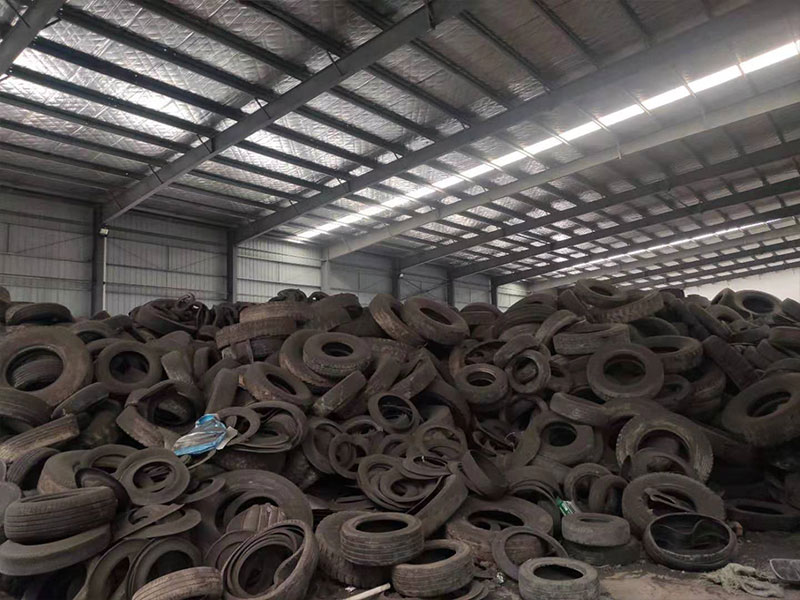
Reducing Landfill Use
The Tire Pyrolysis Plant Near Me has made significant contributions to reducing landfill use.
In the past, large quantities of waste tires were sent to landfills, occupying valuable land resources. Each waste tire requires a certain amount of space, and over time, the available land for landfills has dwindled. Furthermore, waste tires are difficult to degrade naturally, and long-term accumulation in landfills can produce harmful gases. Waste tires seep into the soil and groundwater, causing serious damage to the surrounding ecosystem.
The Tire Pyrolysis Plant Near Me can transform these waste tires into valuable resources. This significantly reduces the amount of waste tires that need to be landfilled, providing strong support for the protection and rational use of land resources.
Reducing Incineration Pollution
Pyrolysis technology offers significant advantages over traditional incineration in reducing environmental pollution.
Incinerating scrap tires produces a large amount of harmful gases, such as sulfur dioxide, nitrogen oxides, polycyclic aromatic hydrocarbons, and dioxins. These gases can seriously pollute the air, harm human health, and damage soil, water, and vegetation.
However, tire to oil pyrolysis is carried out in an oxygen-free or low-oxygen environment, effectively reducing the production of these harmful gases. Furthermore, pollutants generated during the pyrolysis process are purified through a specialized treatment system. Only after the flue gas meets standards is it released into the environment, further reducing environmental pollution.
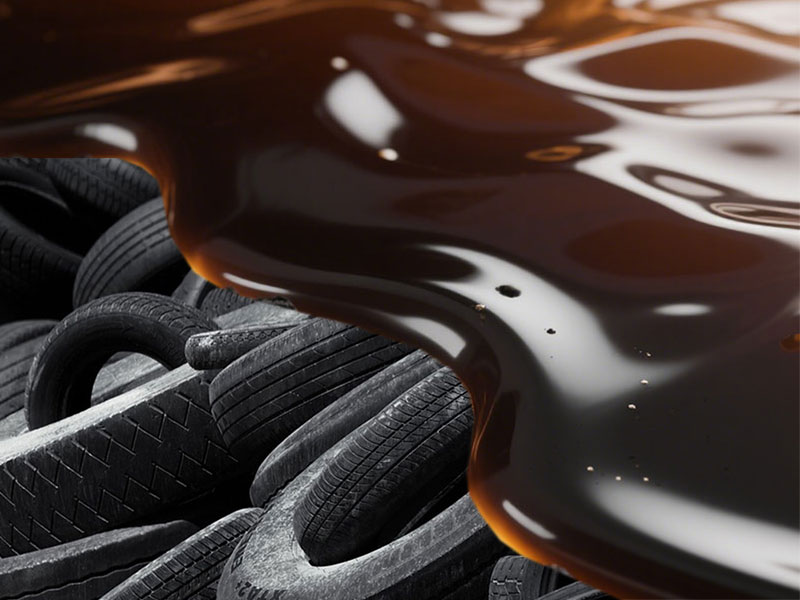
Resource Circulation
From the perspective of resource and energy conservation, tyre pyrolysis plant near me achieve waste tire pyrolysis recycling.
The rubber, steel wire, and carbon black contained in scrap tires are all valuable resources. Through pyrolysis technology, these resources are extracted and reused in the production process.
Fuel oil can replace some traditional fossil fuels for industrial heating and power generation, reducing dependence on non-renewable energy sources such as crude oil. Carbon black, a key additive in industries such as rubber and plastics, can be directly used in related production after being recovered through pyrolysis. The separated steel wire can also be returned to the steel production process, achieving a circular metal resource utilization.
This resource recycling model not only reduces the exploitation of natural resources and alleviates the pressure of resource shortages, but also reduces energy consumption to a certain extent.
Tire Pyrolysis Plant Types
Tire pyrolysis plants are primarily categorized into three types: continuous, semi-continuous, and batch pyrolysis plant. These plants differ in their processing capacity, efficiency, and applicable scenarios.
Tire pyrolysis plants are primarily categorized into three types: continuous, semi-continuous, and batch, depending on their production processes and equipment operation methods. Each type has its own advantages in processing capacity, production efficiency, and applicable scenarios.
Continuous Tyre Pyrolysis Plant
A continuous tyre pyrolysis plant near me operates continuously and uninterrupted. A highly automated feeding system ensures a steady flow of waste tires into the pyrolysis furnace. Inside the pyrolysis furnace, the tires undergo heating, cracking, and product separation, all in one seamless process. This type of plant has a high processing capacity, capable of processing several or even tens of tons of waste tires per hour, making it ideal for large-scale waste tire processing needs.
Large industrial cities generate enormous quantities of waste tires daily. Continuous tyre pyrolysis plant near me has efficient processing capabilities, can promptly digest this waste and convert it into resources such as fuel oil, carbon black, and steel wire. They can partially meet local industrial demand for these raw materials while reducing waste accumulation and environmental pollution.
Semi-continuous Tire Pyrolysis Plant
Semi-continuous tire pyrolysis plant combine the characteristics of continuous and batch processes, achieving continuous operation in certain stages. Their front-end feeding system automatically and continuously feeds waste tires into the pyrolysis furnace, saving significant labor costs and improving feeding efficiency.
However, during the deslagging process, solid waste residues such as carbon black produced within the pyrolysis furnace must be discharged into a dedicated container. Only after the pyrolysis furnace is empty can the feeding system resume feeding and the pyrolysis and deslagging processes for the next furnace begin.
Semi-continuous tyre pyrolysis plant have a moderate processing capacity and are suitable for medium-sized waste tire processing operations. For example, in small and medium-sized cities, the amount of waste tires generated is relatively small and distributed more widely. Semi-continuous tyre pyrolysis plant near me can meet certain processing needs without the waste of resources caused by overly large and complex equipment. They maintain production efficiency while also taking into account cost control.
Batch Tire Pyrolysis Plant
Batch tyre pyrolysis plant near me operate in batches. Each batch of scrap tires is loaded into the pyrolysis furnace and undergoes the complete pyrolysis process, including heating, pyrolysis reaction, and product cooling and separation. Only after each batch is processed can the next batch be processed.
Batch tyre pyrolysis plant near me is relatively simple, has low investment costs, and offers high operational flexibility. It can adjust production plans based on market demand and scrap tire recycling. Small recycling stations or businesses with limited capital investment often choose batch tire pyrolysis plants. They can utilize limited resources, process recycled scrap tires promptly, and achieve initial resource conversion and utilization.

